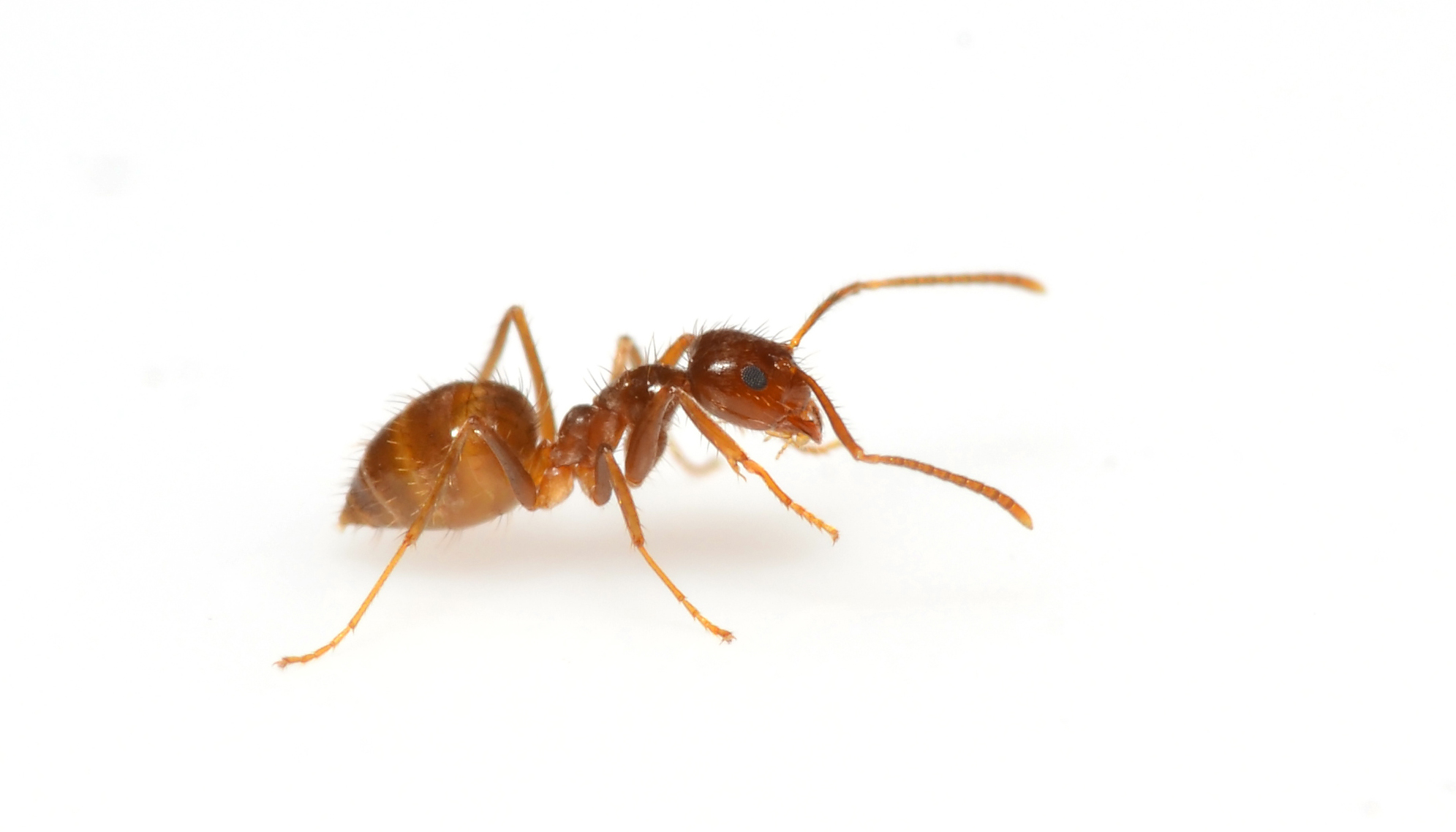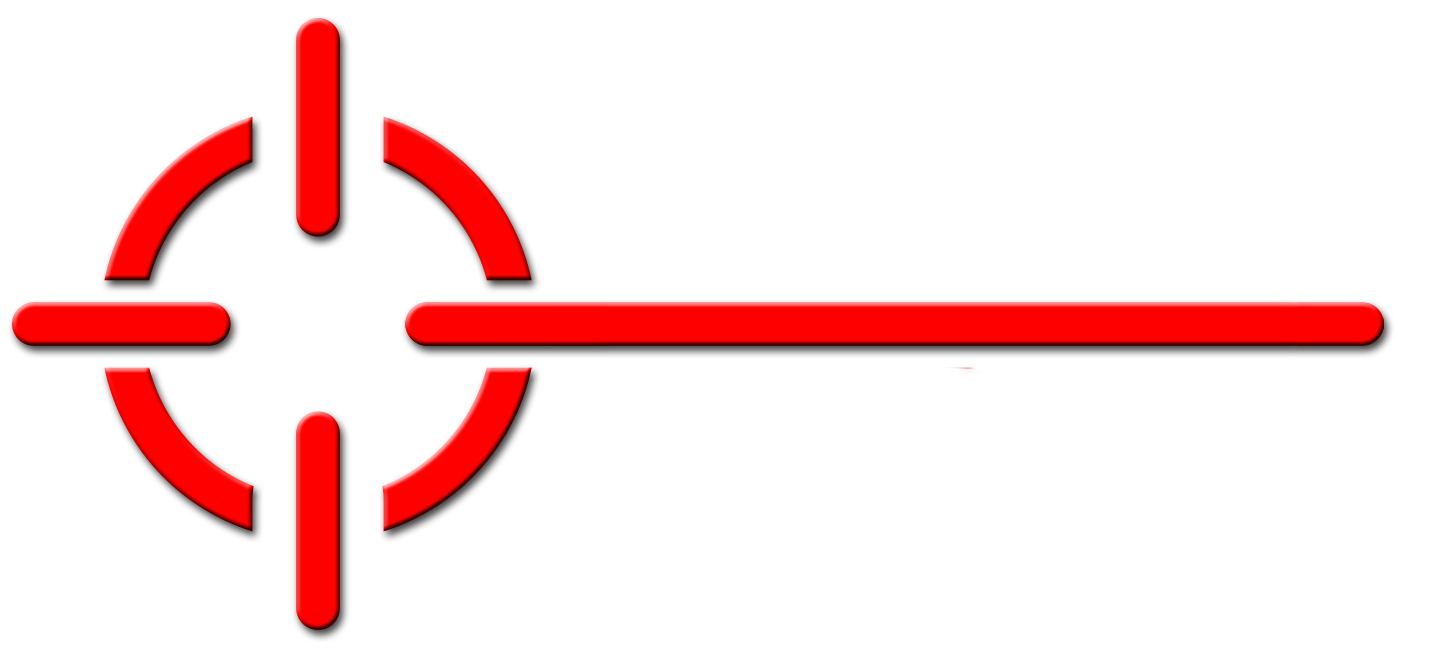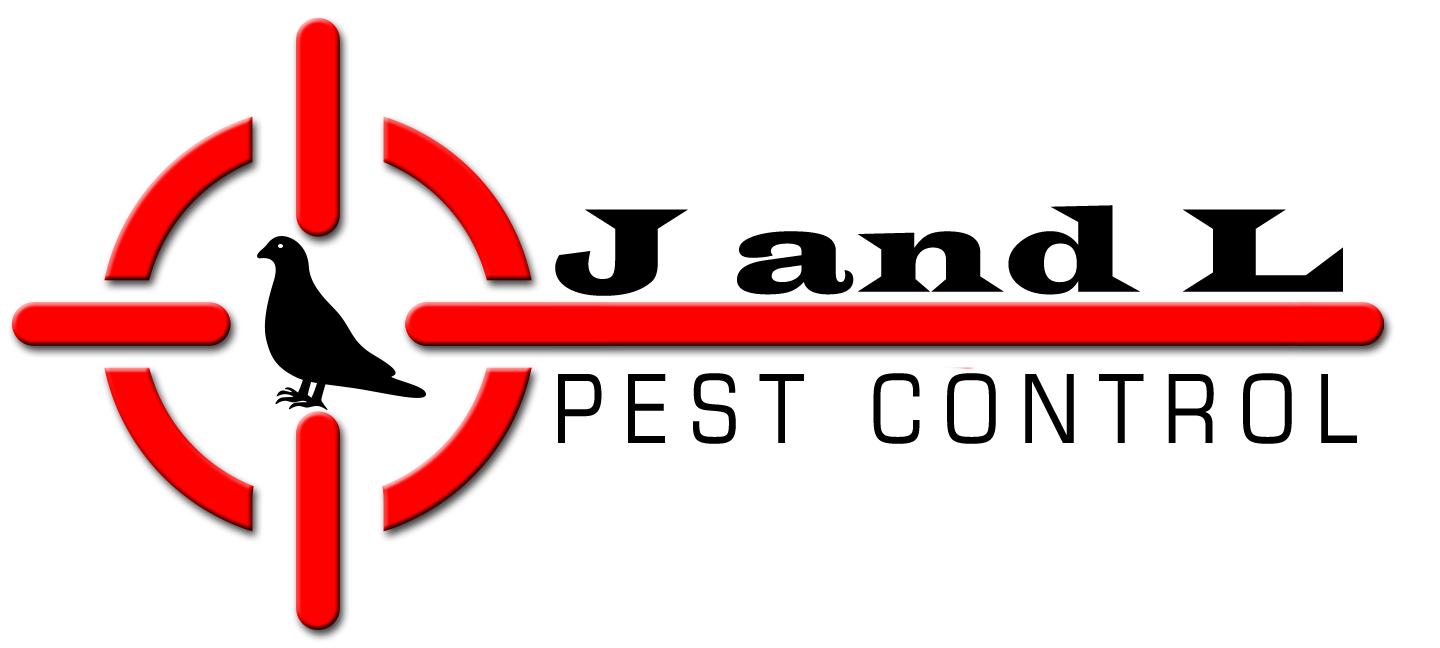
COMMON NAME: Crazy ant
SCIENTIFIC NAME: Paratrechina longicornis(Latreille)
CLASS/ORDER/FAMILY: Insecta/Hymenoptera/Formicidae
METAMORPHOSIS: Complete
INTRODUCTION. This ant’s name comes from the worker’s habit of running in an erratic, jerky manner when searching for food. The crazy ant is found throughout the United States but is confined to the indoors in the northern states because it cannot survive the winter outdoors.
RECOGNITION.Workers monomorphic, about 1/16-1/8“(2.2-3.0 mm) long. Body dark brown to black with gray sheen/luster, slender. Antenna and legs very long in comparison to body size;antenna 12-segmented, without a club, and 1st antennal segment(scape) length about twice head length. Thoraxlacks spines, profile unevenly rounded. Pedicel 1-segmented. Gaster withanal opening circular, surrounded by circlet of hairs.Stinger absent.
BIOLOGY.The colonies tend to be small, composed of up to 2,000 workers. Such a colony commonly contains 8 to 40 queens. Colonies are highly adaptable, nesting in both very dry and moist habitats. Crazy ants are known to completely abandon one nesting site and move to another. Huge colonies composed of tens of thousands of workers have been found in debris piles and mulch beds. Although swarms have been observed, apparently most new colonies are created by budding. Males are frequently observed at lights.
CONTROL. Location of the nest(s) is crucial and can often be accomplished by following the trail of foraging workers back from the food source. The application of a perimeter treatment of a nonrepellent pesticide is effective. Additionally, on the inside, the light application (misting or spritzing) of a nonrepellent pesticide directly onto the foraging trails of ants is very helpful. This combination treatment will usually give results in a few days at most.
HABITS.Inside, these ants usually nest underneath floors or carpeting, in potted plants, and in wall voids, especially near hot-water pipes and heaters. The workers visit food sources following trails, foraging up to 100 feet (30 m) or more. The preferred foods are insects and sweets, but they will feed on almost any household food. Outside, the nests are shallow and usually located in soil under objects or next to foundations, or in such places as cavities in plants and trees, trash, refuse, mulch, and in potted plants. Here, they feed primarily on live and dead insects, seeds, fruits, and honeydew from aphids (plantlice), mealybugs, and scale insects that they tend. They most often enter homes in the fall or after a rain because both conditions reduce their supply of honeydew.

